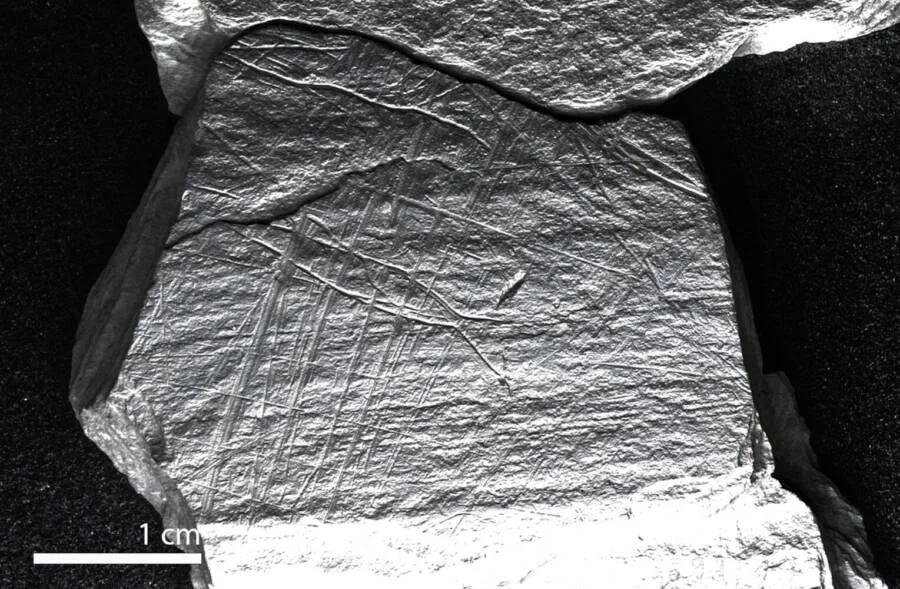Archaeologists have uncovered the oldest known depictions of fishing, dating back to the Ice Age. These engravings, etched into stone, provide a glimpse into the lives of early humans and their connection to aquatic ecosystems. Found in a prehistoric cave, the carvings showcase fish-like shapes and scenes of fishing activities, offering new insights into the ingenuity and survival strategies of our ancient ancestors.
The discovery is groundbreaking because it demonstrates the importance of fishing as a means of sustenance for early humans. These engravings predate other known depictions of fishing, making them a vital piece of the historical puzzle. Experts believe that these carvings could have served a dual purpose — as an artistic expression and as a way to document fishing techniques for future generations.
The discovery’s location, a site rich in archaeological artifacts, has sparked significant interest in the academic community. Alongside the engravings, tools believed to be used for fishing, such as primitive hooks and spears, were also found. These tools, combined with the carvings, indicate that fishing was not merely a casual activity but an essential skill for survival during harsh Ice Age conditions.
These depictions also highlight early humans’ deep understanding of their environment. The precision and detail in the engravings suggest that these ancient artists observed and valued the aquatic creatures they relied on for food.
This discovery contributes to the broader understanding of prehistoric art and human behavior. It reminds us of the adaptability and resourcefulness of early humans, who found creative ways to thrive in challenging environments.
Transition:
As researchers continue to study these remarkable engravings, they may unlock even more secrets about the lives of our Ice Age ancestors, painting a vivid picture of humanity’s enduring relationship with nature.




